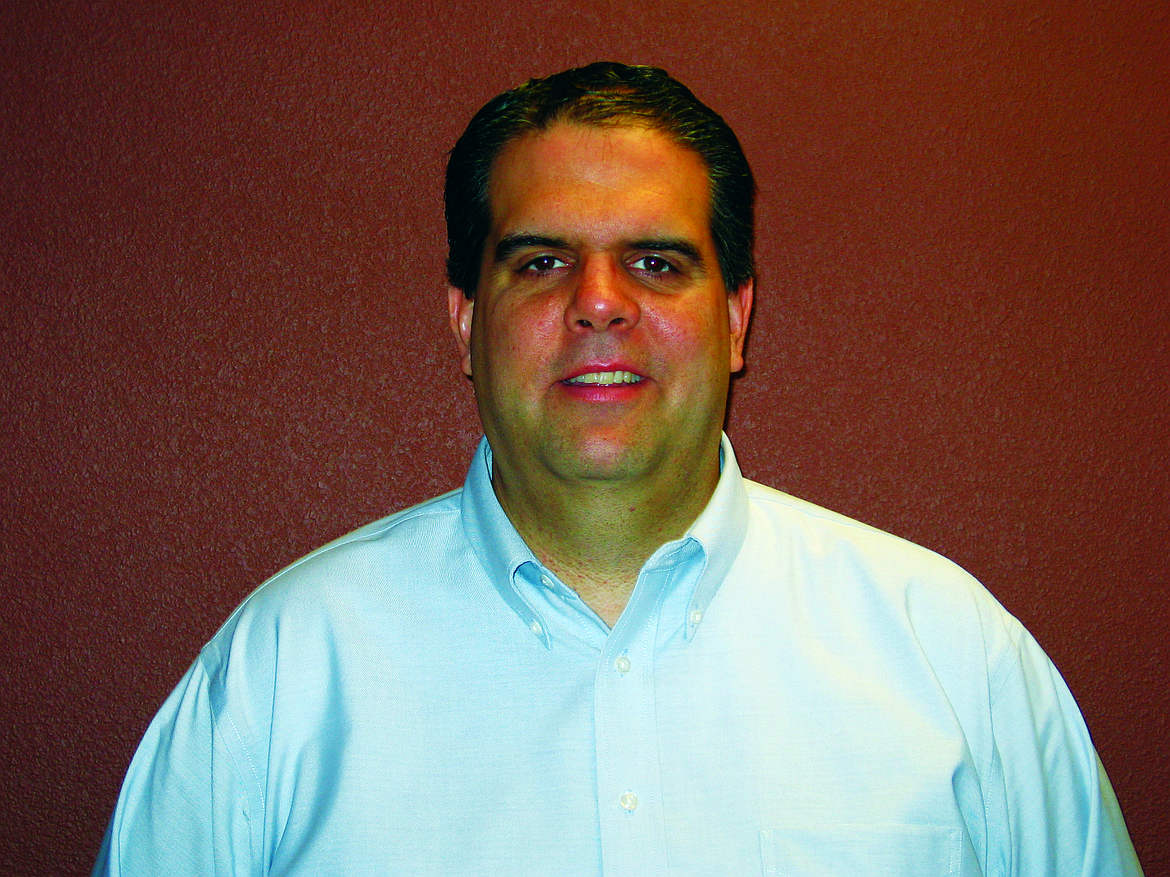ADVERTISING: Advertorial — Are you shrinking?
Who wants to shrink, but unfortunately it’s a normal part of aging if you live long enough. Here are few things to know about shrinkage and what you may be able to do to help it.
Of course estimates vary, but on average we lose 1/4 to 1/2 inch every decade after age 40 and women generally lose more than men. “Research from the Baltimore Longitudinal Study of Aging, for example, found that women lost an average of 2 inches between the ages of 30 and 70 (and just over 3 inches by age 80). Men lost a little more than 1 inch by age 70 (and 2 inches by 80).”
The main reason people lose height is because the discs between the vertebrae in the spine dehydrate and compress. So let’s look at the anatomy and function of a vertebral disc to better understand how this happens. An intervertebral discs job is to keep the vertebrae separated and act like a shock absorber. There are 24 discs that make up human spine. Think of a jelly donut when you think of a disc. The outer ring of the disc is made of a strong material called the annulus fibrosis. This protects a jelly like substance inside the disc called the nucleus pulposus. The disc is about 80% water and as a person ages the disc dries out. So when a disc is dehydrated or desiccated, as it is called, it losses function and height. This is called degenerative disc disease. Other factors can contribute to overall height loss including the loss of the proper curves of our spine, compression fractures due to reduced bone density as well as weak muscles in the abdomen.
A majority of this is out of your control, but even in later years you may be able to slow this process by taking steps that will help your bones and muscles. Proper exercise is critical. A study published in Gerontology found that people who did moderate aerobic exercise throughout their lives shrank less than those who were sedentary all their lives or who stopped exercising after age 40. Of course consuming supplements to promote strong and healthy bones are great places to start. One of the most helpful things you can do is to not smoke cigarettes, this will increase the amount of oxygen in your body which helps your body to heal. But there are other options out there. Luckily, we have advances in new technology to aide in this old age problem. Non-surgical spinal decompression has been shown to increase disc height. A study published in BMC Musculoskeletal Disorders showed that “non-surgical spinal decompression was associated with a reduction in pain and an increase in disc height. The correlation of these variables suggests that pain reduction may be mediated, at least in part, through a restoration of disc height.” Nonsurgical spinal decompression is similar to traction, but the difference is unlike traction, decompression pulls, but then releases pressure, then pulls again. This change in force creates a negative pressure within the disc. This negative pressure helps promote movement of water, oxygen, and nutrient-rich fluids into the disks so they can heal and rehydrate, thus restoring disc height. pain.
• • •
Dr. Wayne M. Fichter Jr. is a chiropractor at Natural Spine Solutions. The business is located at 3913 Schreiber Way in Coeur d’Alene. For more information, please contact us at 208-966-4425.

